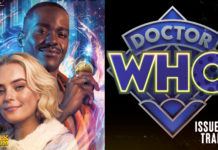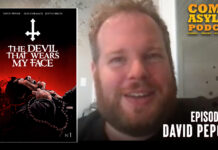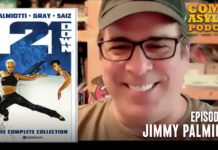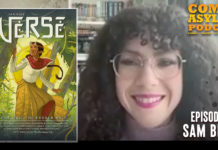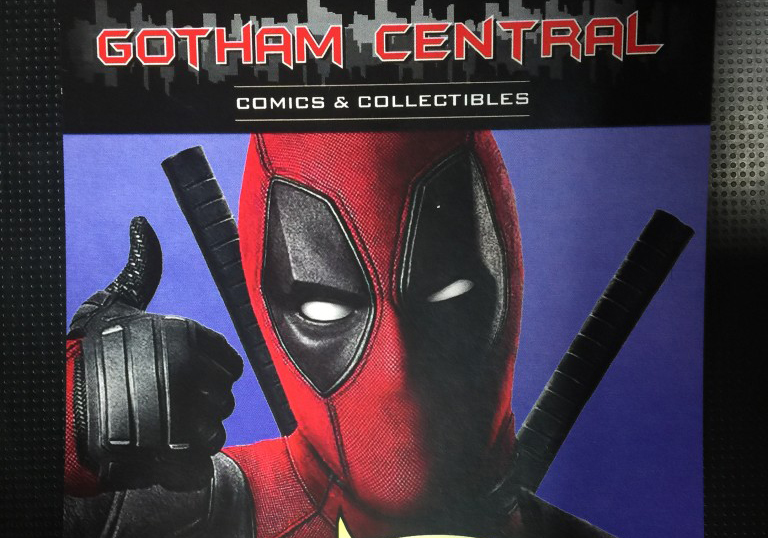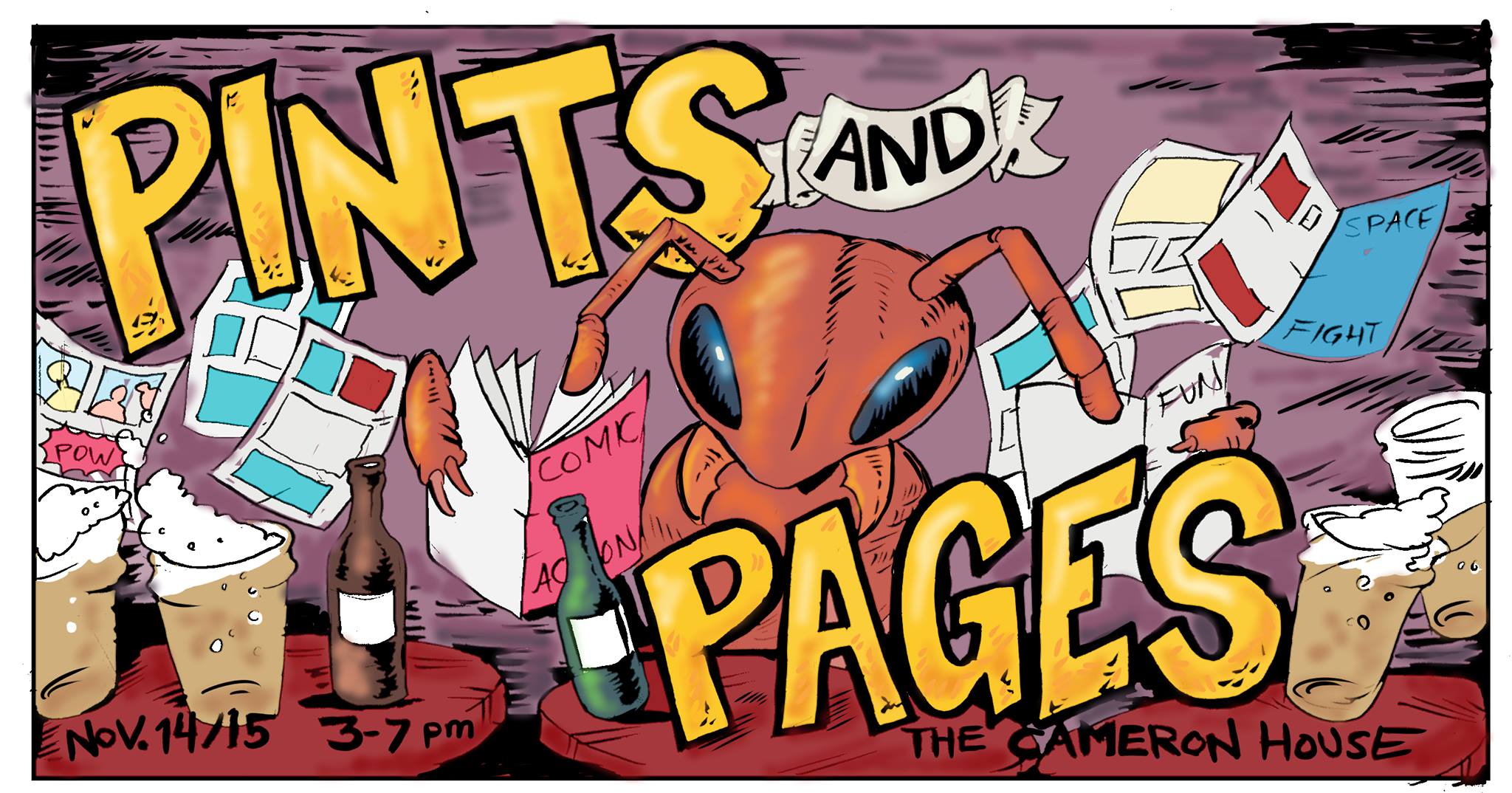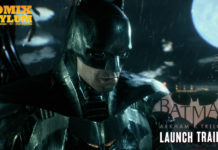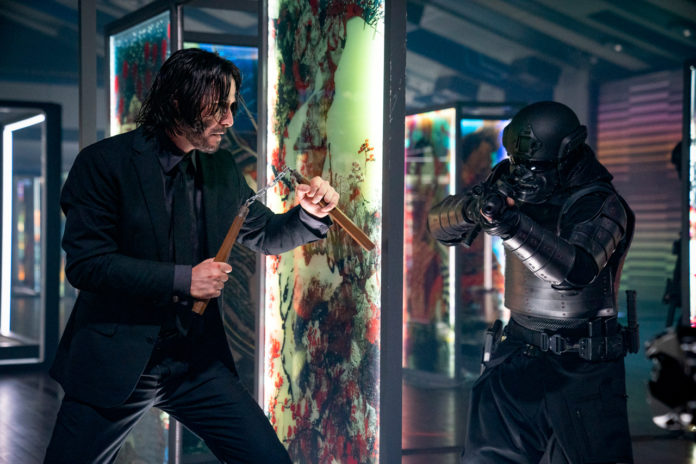A Wick-ed Game
John Wick: Chapter 4
Four years after John Wick: Chapter 3 – Parabellum, star Kenau Reeves and director Chad Stahelski have returned with the next instalment, John Wick: Chapter 4, two years later than planned. But rest assured, true believers, it was worth the wait. John Wick is back – bigger, badder and bloodier than ever. The tally of Wick’s kill list, at the end of Chapter 3 is 299, and it sure seems like that number is doubled in this sequel. With a run time just shy of three hours, it wouldn’t be surprising if 300 people are killed in this welcome addition to the franchise.
Picking up after the events of Parabellum, we find John Wick back in the North African desert where he kills the new Elder who sits at the Head of the High Table. What happened to the previous Elder, played by Saïd Taghmaoui, is unknown, unless John Wick killed him as well. Wick’s mission, as we have heard him say a few times as Reeves channels his inner Clint Eastwood, is “to kill them all”, however, that seems a greater impossible task than the one he accomplished to exit the life before the events of the first film. Kill a member of the High Table, and he or she is replaced before the body goes cold, which leaves John Wick with a Heraclean problem; cutting off one head of the Hydra sprouts more, and John’s task becomes ever more challenging.
This assassination sets the High Table into a bit of a panic, see, so they summon the Marquis de Gramont, played with a wonderful combination of surliness and arrogant prickishness by Bill Skarsgård. With Wick not on the radar, he takes out his frustration by stripping Winston (Ian McShane) of his position as New York Continental manager, condemns the building and kills his loyal friend and concierge, Charon, played with an even keeled sensibility and quiet grace by Lance Reddick, whose death prior to the film’s release has cast a shadow over what was supposed to be jubilant global premieres and press junkets.
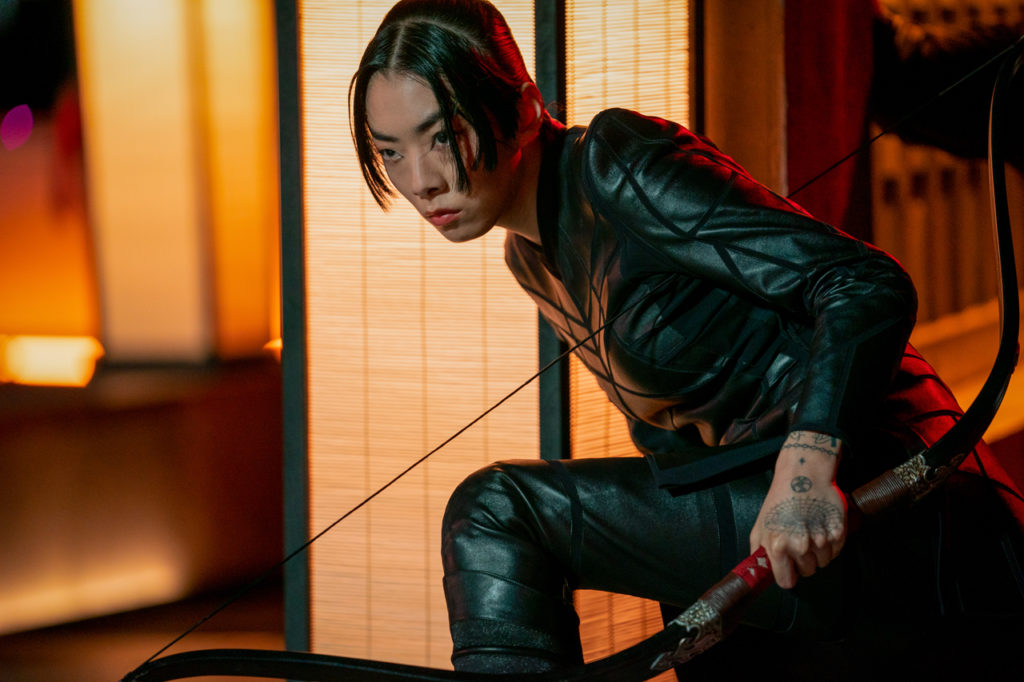 The Marquis employs Caine (Donnie Yen) to dispatch Wick. The problem is Caine is an old friend of John’s and is rather reluctant to take on this task. It seems he has a respect for ideals such as honourable ways, code of conduct and friendship. Then he refuses the help of Mr. Nobody/The Tracker (Shamier Anderson), who eventually develops a grudging respect for John, which is not necessarily a bad thing; people generally fall into two categories when it comes to John Wick: those who eventually and reluctantly have respect and those who die. Both assassins do fall into line, however, when the Marquis works outside the rules to ensure their service.
The Marquis employs Caine (Donnie Yen) to dispatch Wick. The problem is Caine is an old friend of John’s and is rather reluctant to take on this task. It seems he has a respect for ideals such as honourable ways, code of conduct and friendship. Then he refuses the help of Mr. Nobody/The Tracker (Shamier Anderson), who eventually develops a grudging respect for John, which is not necessarily a bad thing; people generally fall into two categories when it comes to John Wick: those who eventually and reluctantly have respect and those who die. Both assassins do fall into line, however, when the Marquis works outside the rules to ensure their service.
That sets into motion John’s mission to challenge the Marquis to a duel with the highest of stakes; win and he is free, lose and he dies. So he runs, drives, and rides his way from set piece to set piece, leaving a bloody trail of Euro-villains, assassins and henchmen in his wake. John Wick: Chapter 4 makes use of its long runtime to present spectacle-level stunts, gunfights and deaths that top anything seen in the previous three instalments (think shotgun shells that set a poor red shirt on fire).
This highlights one of the many important themes that run through this film and the franchise as a whole: rules. “Without rules we are nothing but animals” is a common mantra spouted by members of the High Table, Winston, and others who represent the management side of this criminal underworld. But the Marquis is the embodiment of bending the rules when it suits his (and the High Table’s) purposes; threats to seemingly civilian family members, bribes, and outright death are merely tools in the Marquis’ gold bag to enforce the High Table’s demands of fealty, loyalty and service.
But these demands are merely that, demands. Those at the High Table see all in their employ as expendable, cogs and gears in a larger machine that are replaced when necessary, from assassins on the ground to hotel staff to the heavily tattooed pin-up girl Operators who run the call centers (though admittedly, we haven’t seen any of those ladies killed).
John Wick and his associates represent something larger and deeper – friendship. The loyalty and respect shown for each other elevates our characters to a level those at the High Table can never comprehend. The “animals” mantra is misguided; animals live under Natural Law, their conduct works perfectly within that framework. It is not the lone wolf or solitary lion that survives; rather, it is the wolf pack or lion pride that is successful because of cooperation. That is what ensures survival. John indeed receives help from Winston, the Bowery King (Laurence Fishburn), and Shimazu Koji (Hiroyuki Sanada), the manager of the Osaka Continental. And while Caine indeed pursues and fights Wick, it is done with great reluctance and under duress, which is cleverly resolved at the film’s denouement.
There are some clever moments in the film as well, in particular a seemingly never ending endeavour of Wick climbing the 222 steps of Paris’ Sacré-Coeur Cathedral and subsequently getting knocked down to the bottom by an equally never ending array of assassins. While humourous, the scene highlights John Wick’s struggle – worthy of Sisyphus himself – against the High Table and for the audience how our own lives can seem like an impossible task.
The film also continues the franchise tradition of paying tribute to past films and genres, be it spaghetti western standoffs, the silent films of Buster Keaton and Charlie Chaplin, Akira Kurosawa’s samurai films, modern Asian cinema, noir, and 1970s thrillers. There’s even a nod to Walter Hill’s The Warriors, as a Soul Sister DJ calls the play by play of John Wick’s progress over Paris radio to keep les assassins Français in the loop.
Despite a lengthy runtime, there is no feeling of lag; the story keeps moving forward at a steady pace and ups the entertainment factor with a bloodbath of violence and stunts. Grab a comfortable seat, order the largest popcorn and pop, and buckle up for one hell of a ride.




